15 cheap guitar mods you can try at home
From quick budget hacks to complete overhauls, learn how to improve the look, sound or feel of your guitar without busting the bank
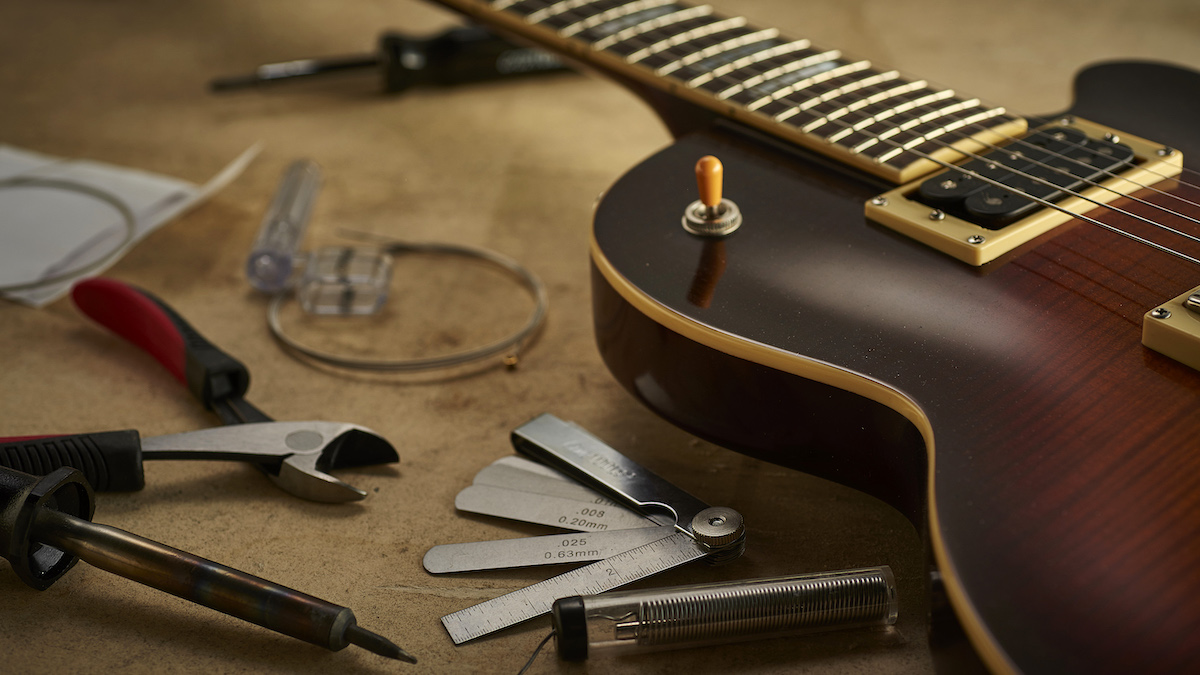
Looking to breathe some life into an older axe, or just change things up a bit? Whatever the reason, making modifications and small improvements to your instrument is a common pastime for guitarists, and is usually a far more economical approach than buying a completely new guitar. What's more, there are many mods that can be done quite easily at home with just a few tools.
Some models, like the Fender Jazzmaster, are like a classic car in that they require a lot of maintenance and get modded beyond recognition by their owners, but every guitar has things that can be done to improve or change the way it sounds, looks, and most importantly, feels.
Over the years, we've tried pretty much every modification and component change going, so here's our rundown of the best improvements you can make to your guitar, starting from just a few bucks.
A few words of advice
Whether you are modifying a guitar that's new to you, or improving an axe you've had for years, improvements broadly fall into three categories, to our minds - looks, sound, and feel.
Looks are things like adding a sticker, at the less extreme end, or changing the pickguard. A more substantial change in looks might be respraying the body. As we prefer non-destructive modifications, we've never resprayed a guitar, or done much more than add a non-tack sticker. Depending on your point of view, changing a neck might fall into this category as well, but we'd say that's more about sound and feel.
Changing the sound of the guitar is the most exciting class of improvement. Especially if you have an entry-level instrument, providing it plays okay, doing simple things like shielding or rewiring can improve the basics, while switching pickups can make it punch vastly above its weight. Although things like body and neck wood do make a difference, the reality is that for most bolt-on neck guitars the greatest timbral difference will come from switching pickups. Luckily this is a simple, and relatively affordable, improvement to make.
Finally, there's feel. This is harder to put your finger on, but it's about the overall vibe of the instrument – for example, how slick the machine heads are, and if they stay in tune, or the improved feel under the fingers of a new neck. There's a bit of crossover with sound too, as things that improve resonance, like better saddles or a new nut tend to also be 'felt' by you as a player. The most extreme mod we've done in this category was cutting a contour into the back of an 80s Japanese Squier Telecaster, which we wouldn't recommend unless you really know what you're doing!
All the latest guitar news, interviews, lessons, reviews, deals and more, direct to your inbox!
And on that note, the majority of the guitar mods in the article can be done quite easily at home with a bit of patience and the right tools – and all without making any irreversible changes to your instrument. However, if you're not sure where to start, or lack the confidence when it comes to DIY, these are all jobs that your local guitar shop will gladly tackle for you. Let's take a look...
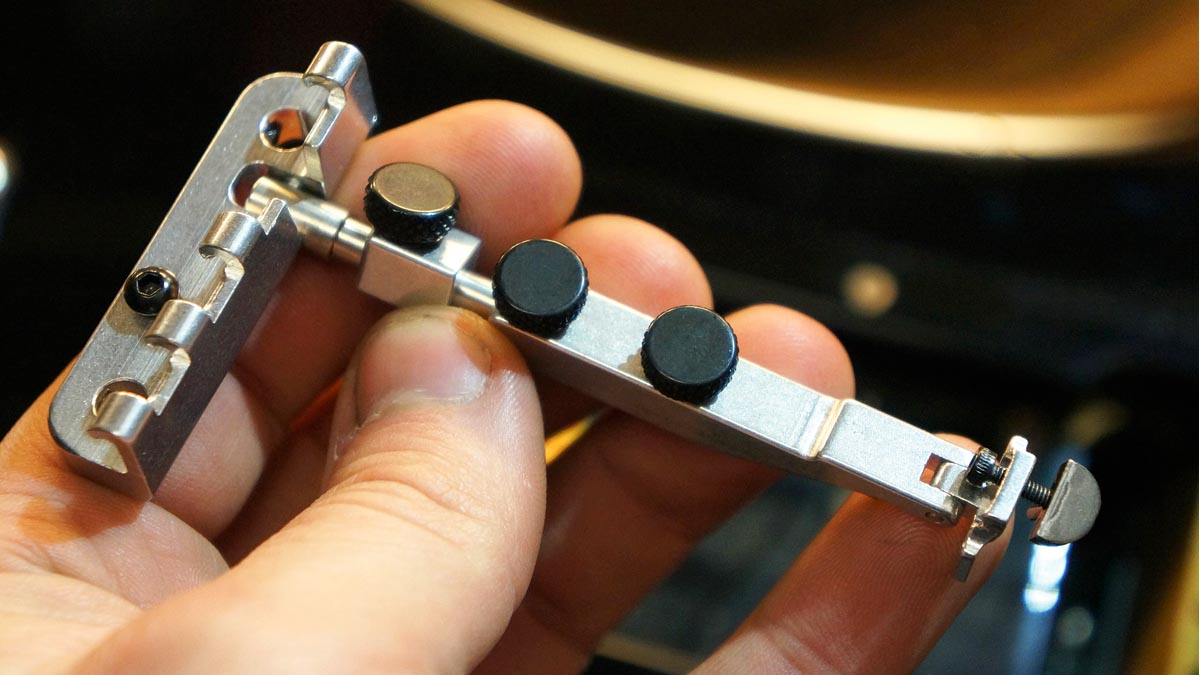
1. Trem blocking
Specifications
Reasons to buy
Reasons to avoid
If you don't want to switch the bridge entirely, but you don't want to use the tremolo system, you can block the trem. This mod in its most simple form involves putting a block between the rear of the trem cavity and the metal trem block, and supposedly leads to increased sustain. The best thing? It costs about the same as the block of wood.
If a block of wood is too primitive for you, there are devices like the Tremol-no, which do the the same job, but offer more control so you can lock or unlock your trem much more easily.

2. Kill switch
Specifications
Reasons to buy
Reasons to avoid
This is a very easy and cheap modification, if you want to unleash your inner Tom Morello.
The most simple version is to get a momentary off-on-off switch, and install it in the main signal line, inside the body cavity. On a Strat-style guitar, you can drill a small hole in the pickguard for the toggle switch, meaning that only the pickguard gets altered, not the body.
The main thing is to be careful about positioning – it should be near enough at hand that it's easy to use, but not in the path of your strumming, to avoid being hit accidentally.

3. New capacitor
Specifications
Reasons to buy
Reasons to avoid
Most tone controls on guitars are simple, involving a single capacitor which is easy to change. Although the effect of this is incredibly marginal, especially compared to, say, changing the value of the pots, if it's a mojo part, it can change how you respond to the instrument.
Case in point – we did a blind 'before and after' test when installing a Soviet-era paper-in-oil capacitor in our guitar, and found that both by ear and on the scope, there was no difference. However, just knowing it was there, and having installed it ourselves, changed how we played that guitar, making it more fun.

4. New strings
Specifications
Reasons to buy
Reasons to avoid
Simple, cheap and effective, changing your electric guitar strings will give your instrument back some punch and top-end. Some players like the sound of slightly worn, or duller strings, but if you're not one of those, then change your strings often.
A second reason to change is trying out new gauges. Besides simply heavier or lighter strings, there's also hybrid sets like heavy bottoms, or specialized ones for baritone guitars or down-tuning. We play in drop-C a lot and use a special set optimized for low tunings.
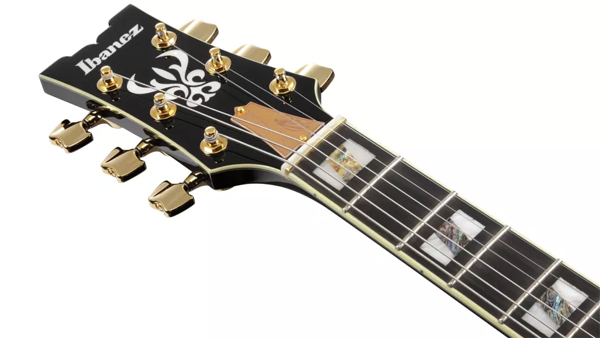
5. New nut
Specifications
Reasons to buy
Reasons to avoid
A new nut, especially if you're running a non-standard string gauge, can really change how the guitar resonates. It seems like a relatively minor thing, but nuts made of brass or bone can make a disproportionate difference to tone.
They're quite easy to fit and file yourself, but if you're not confident, take it to a tech, who will be able to fit you a nut set up to match the gauge of a new set of strings for a reasonable price.

6. New strap
Specifications
Reasons to buy
Reasons to avoid
Some people like simple guitar straps, some people like those awfully cheesy Department of Corrections straps, but there's an option for every taste. These days, there's even sustainable or upcycled options like Couch straps, which are made out of old car seatbelts and even stylish straps made from vegan leather.

7. New wiring
Specifications
Reasons to buy
Reasons to avoid
Although wiring mods may sound complicated, many are easy, cheap and well-documented on the internet.
Perhaps the most common mod of this type is a treble bleed mod, meaning that you can reduce your guitar's volume while preserving a more prominent treble range, and other mods allow for coil splitting and interesting combinations of pickups.
As is often the case, offsets really lead the way with the wacky options, with some players setting up their offset like a Les Paul, and others changing the pickup switching options to non-standard or even out-of-phase combinations.
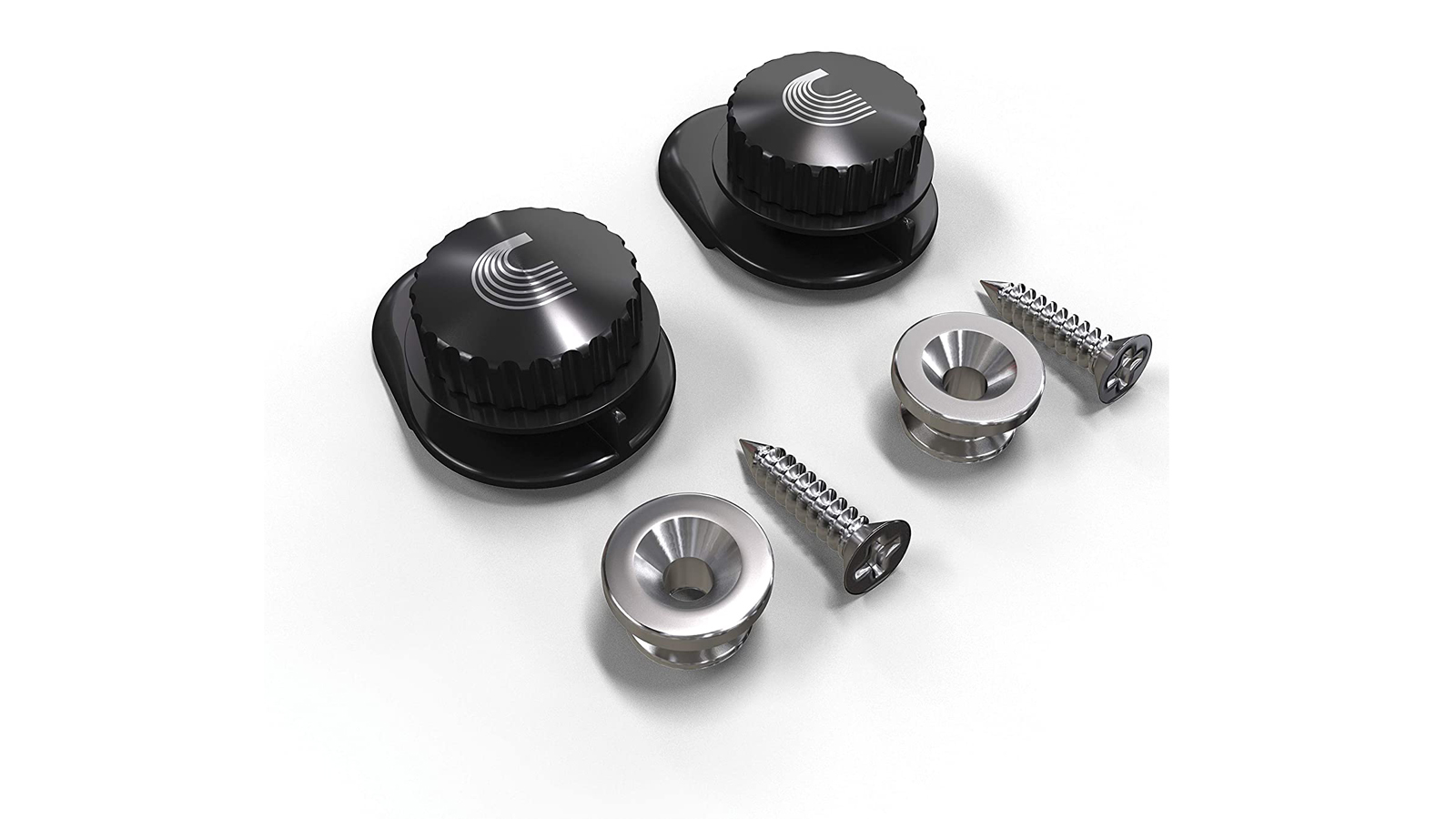
8. Strap locks
Specifications
Reasons to buy
Reasons to avoid
Strap locks come in two main types – there's complete strap systems, or attachments that work with your existing strap.
The most simple attachment is a classic swing-top beer bottle washer, which is about $3/£2, depending on which beer brand you choose, and as a bonus comes with a free beer. If you're in a country where it's commonplace, Grolsch lager bottles will work for this.
Both Dunlop and Dimarzio offer probably the best all-in-one strap lock systems, although they do mean you have to ditch your existing strap.

9. New bridge
Specifications
Reasons to buy
Reasons to avoid
In the ‘80s, a new bridge was the definitive guitar modification, and a lot of vintage-correct guitars were sacrificed at the altar of modding them into Superstrats.
Though many bridge mods involve installing a Floyd Rose or similar locking tremolo system, just as many players go the other way, going from a trem to a hardtail, or blocked bridge.
Meanwhile, in the offset world, aftermarket parts from Staytrem and Mastery allow for better intonation and sustain for otherwise problematic instruments.

10. New pickguard
Specifications
Reasons to buy
Reasons to avoid
Although some models, like Fender imports, are problematic as they have lots of subtle differences in size, for most guitars, switching out the pickguard is a cheap and easy way of overhauling the look of the instrument.
These days, it's also possible to place custom art on a pickguard, and get it cut on the internet, or you can go to a local tech or luthier.
Moreover, when changing your pickguard, you can also take the opportunity to shield it, and the pickup cavity, which will reduce the amount of noise and hum you have to deal with.
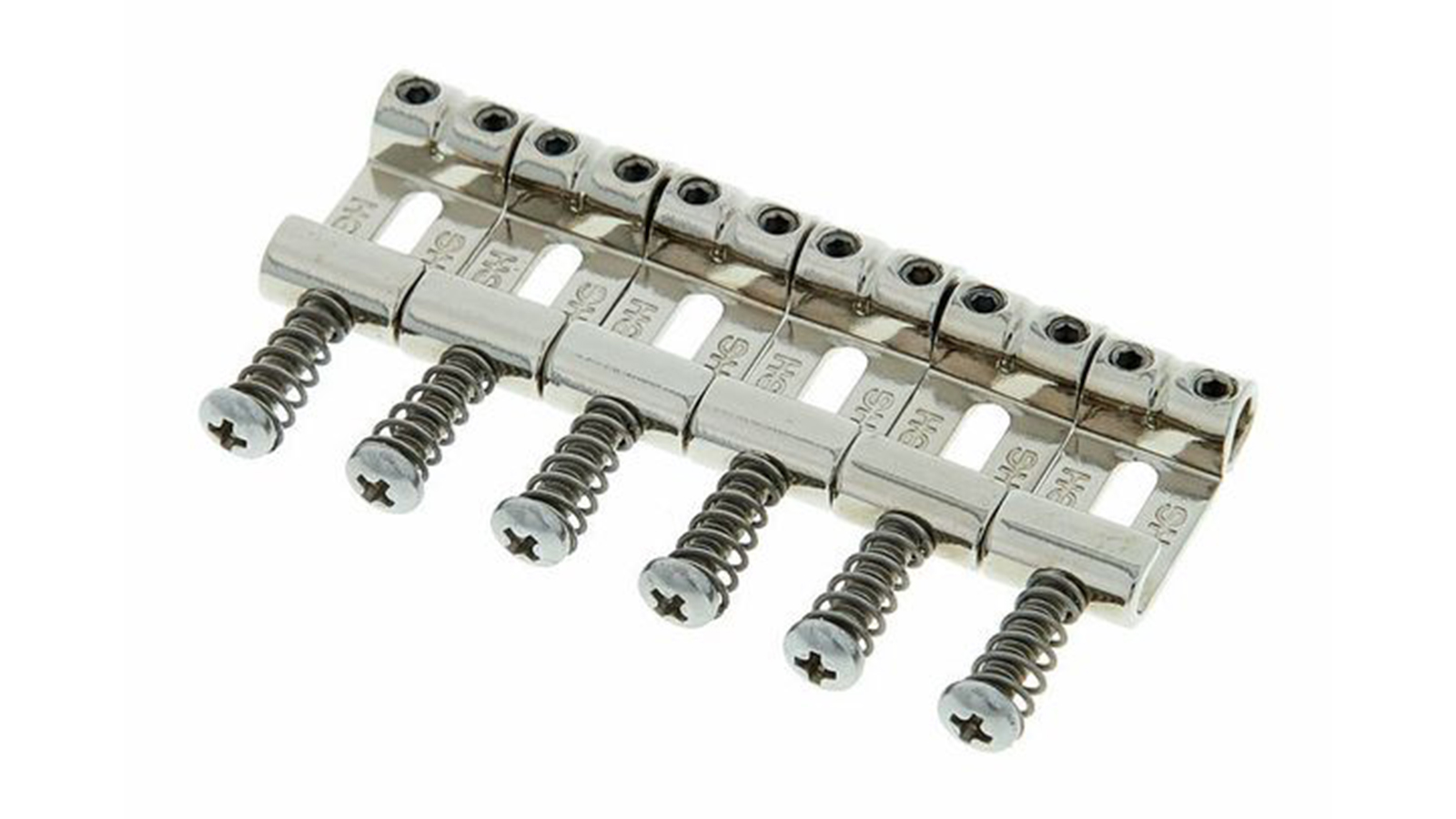
11. New saddles
Specifications
Reasons to buy
Reasons to avoid
If you're happy with your existing bridge but there's issues with intonation or sustain, then something that's quite easy to change is your saddles. A common modification for Jazzmasters is to switch to Mustang saddles, but for most types of guitar there are aftermarket saddles available.
Besides the obvious vintage and custom options, there are Graphtech saddles that promise fewer string breaks and better sustain, as well as piezoelectric saddles that can emulate the sound of the piezo pickup on an acoustic electric guitar.
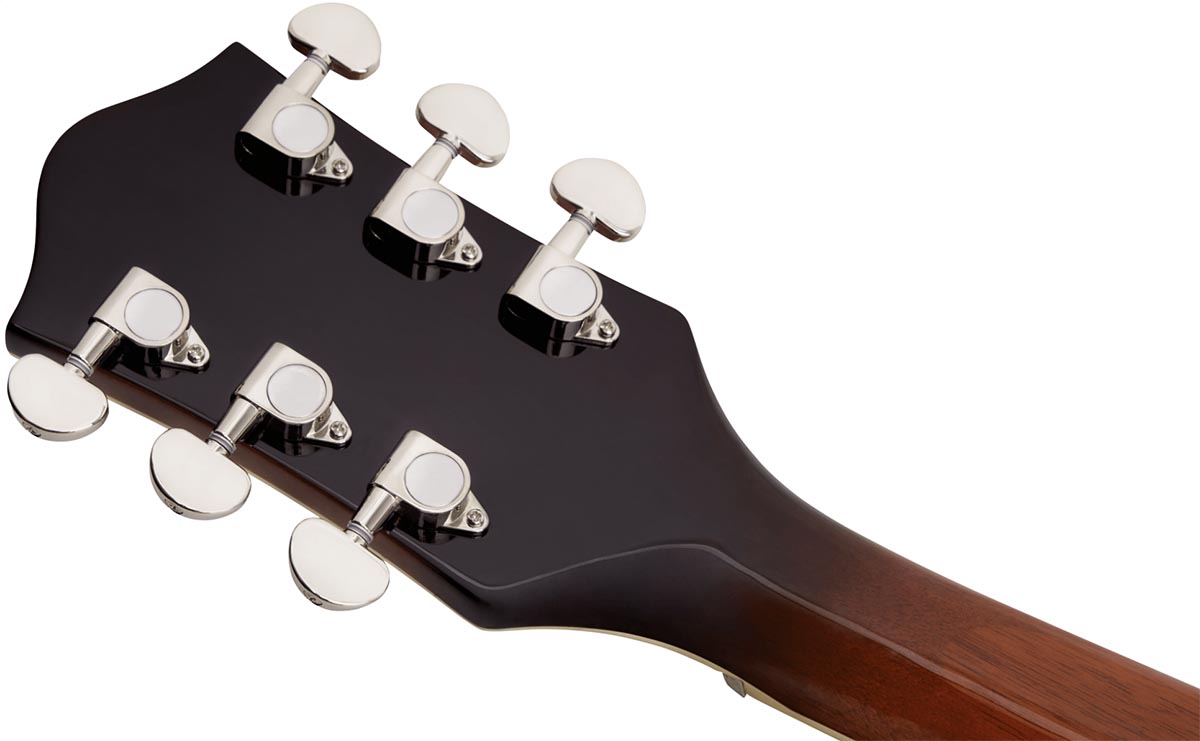
12. New machine heads
Specifications
Reasons to buy
Reasons to avoid
Gear ratio, peg size and shape, smoothness of action, and how the string loads into the machine head are all practical concerns that change how the neck – and headstock – feel, but there's also the simple matter of aesthetics. On guitars with a white body, we've always been a fan of switching to black machine heads for a bit more contrast.
Cheap machine heads can result in tuning instability, as well as less smooth operation, and so we've often found ourselves switching out underperforming machine heads for Gotohs.
These days, especially among the rock and metal crowd, locking tuners are very much in vogue, with Hipshot and others offering affordable sets.

13. New pickup(s)
Specifications
Reasons to buy
Reasons to avoid
On an electric guitar, the biggest difference you can make to the sound of the instrument comes from changing the pickups. Aftermarket electric guitar pickup options are virtually endless, and it's not just a case of single coil or humbucker.
There's active pickups, like EMGs, or technologically-advanced Fishman Fluences. There's hot rails, cool rails, stacked coils and sustainer pickups, which are akin to an E-Bow.
Finally, there's also custom-wound pickups, which are a bit pricier, but can make an instrument truly unique. When we purchased it, our Creamery Wide-Range Humbucker was less than $125 (£100) and it completely changed the Jazzmaster it was installed in.
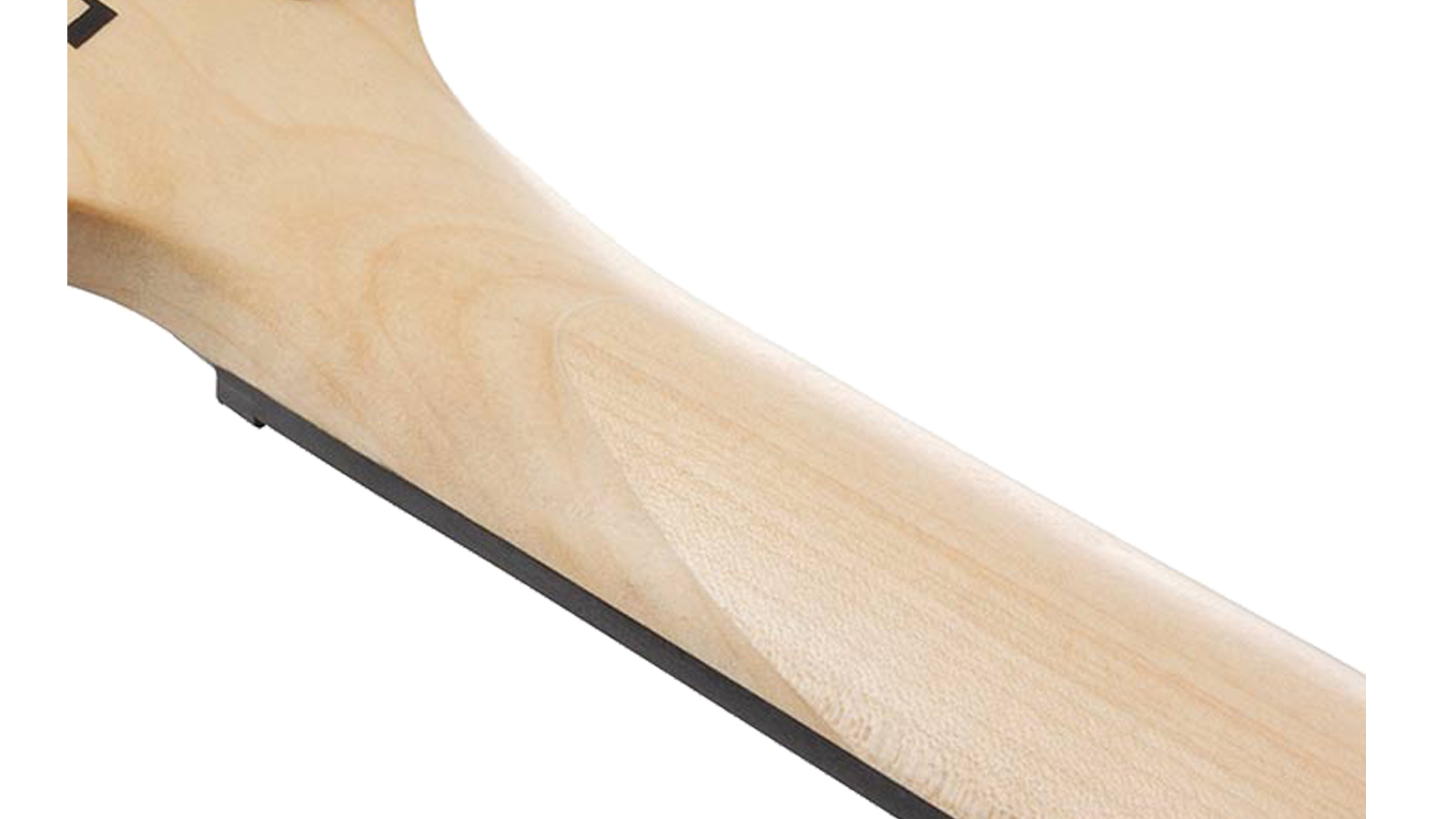
14. New neck
Specifications
Reasons to buy
Reasons to avoid
Perhaps we're unusual in this, but we've swapped out a fair few necks in our day. Although many models of guitar have subtle incompatibilities, within a single brand, it's often the case that bolt-on necks are broadly interchangeable, needing a small shim at most.
Changing a neck not only can result in different wood, but also different machine heads, nut, frets, and crucially – to us, anyway – radius. Take a Japanese JM66 Jazzmaster for example – the neck radius stock is 7.25, as compared to a Strat's 9.5. Shimming on a Strat neck, or an aftermarket offset neck, can turn a jazz cat into a shred monster.
Finally, there's also the possibility of getting hold of aluminium necks for both bass and guitar. In America, RGI make bolt-on necks to suit a variety of guitars, while in Europe, Baguley guitars in Germany have recently brought out an excellent F-style aluminium neck which will completely change the feel of your guitar.

15. Built-in pedal
Specifications
Reasons to buy
Reasons to avoid
Probably the most extreme modification on this list, it's possible to build a guitar pedal into your axe. Players like Matt Bellamy are famous for mods of this type, but in our experience they're of limited utility due to their inflexible nature.
A compromise could be that instead of a fuzz, distortion or delay that drains batteries more quickly, you could install a simple preamp or buffer, especially if you have long runs of cable to deal with on stage.
There are also companies like Amptone that offer installable MIDI controllers like strips or Kaoss Pad-style X/Y pads, but we've never been able to justify the cost.
Alex Lynham is a gear obsessive who's been collecting and building modern and vintage equipment since he got his first Saturday job. Besides reviewing countless pedals for Total Guitar, he's written guides on how to build your first pedal, how to build a tube amp from a kit, and briefly went viral when he released a glitch delay pedal, the Atom Smasher.

